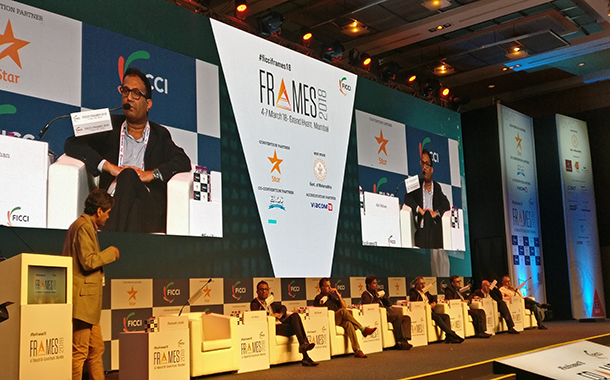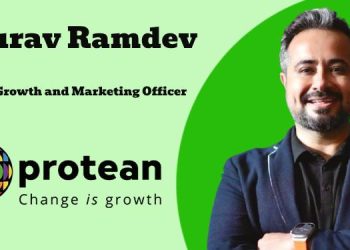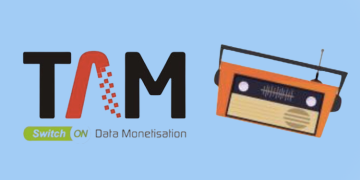Television is alive and kicking in India, but is seeing a diversification of accessibility options and there-through, the passing of control from the broadcaster/distributor to the end-consumer. That seemed to be one of the most important points a stimulating discussion at FICCI Frames 2018, moderated by brilliant M&E professional Paritosh Joshi, Principal, Provocateur Advisory who was curating a panel of industry stalwarts Partho Dasgupta, CEO – BARC, Ajit Mohan, CEO – Novi Digital which operates India’s biggest and most popular OTT platform Hotstar, the effervescent Raj Nayak, CEO Viacom18,Times Group stalwart MK Anand, MD & CEO, Times Network, Distribution veteran Anuj Gandhi, CEO Indiacast, well known M&E consultant and analyst Ashish Pherwani, Partner, EY, and last but certainly not the least, one of the first proponents of convergence and the future of the digital superhighways in India, Industry veteran Amit Khanna.
Before the panel kicked off, panellist Partho Dasgupta set the tone with an insightful presentation of the current scenario of the spread and viewing of television in India, where a whopping 780 million people have access to television, even though 86% of the households still watch TV on CRT or Cathode Ray Tube sets with 87% homes in Urban India accessing TV as against 57% in Rural India.
The biggest genre of TV consumed in India is what Dasgupta described as ‘Escapist’ fare, or the movies and fictional TV dramas.
Recapping the current scenario and possible conversation signposts to explore and discuss the possible future of TV in India, Paritosh Joshi reminisced that the topic had been a constant at FICCI Frames panels ever since 2004. He observed that it has been increasingly acknowledged that ‘the world is a family’, which even the Zee Group’s baseline Vasudhaiva Kutumbakam has popularised, and which is reinforced even by the very nature of content today. Joshi wondered how, at a time when content and its consumption has become increasingly seamless and without boundaries and borders, FICCI could come up with a topic like ‘The Future of TV in India’.
Joshi observed that four important aspects can have a bearing on the Future of TV, and these are: (i) The Future of the Pipe(lines of content delivery) (ii) The nature of content evolving on the back of evolving consumption habits (like binge watching) (iii)The super-short format of content at the other end of the spectrum and (iv) The future of content costs (and the ability of the industry to service those).
Answering a question on ‘the big challenge to the M&E industry as it expands – ie, where do we get the capital for it and how do we service it?’, Ajit Mohan called out two widely held beliefs as not true. One, he said, had to do with the belief that on digital, people will gravitate to stories that are different from TV. He said it was not true at all, as on Digital, people have gravitated to great long form TV content too. He said in the future too, as in the past and present, it will only be about high quality content. Also, the second assumption, that on digital primarily shorter-form content will be popular is not true.
Mohan also said that on digital too, both, advertising and subscription will be the main sources of revenue. He also said that experience so far has borne out that Indian consumers are willing to pay for digital and good content.
Asked to speak about the Future of TV in light of the popularly held belief in the M&E industry that if Content is King, Distribution is God, Anuj Gandhi reply was as brief as it was telling: “Ultimately,” he said, “There is only one God (today): the reality is that the consumer is both, the King and God now.”
He added that content, of course, was the critical driver of the equation. “Whether through Satellite TV or linear, AVOD or SVOD, or Facebook or on YouTube – whatever the pipe, people will keep consuming television.”
Raj Nayak said he believed the future of TV in India is very bright. He said that it is a myth that 15 to 30 year olds don’t watch TV or have reduced doing so drastically. TV viewing amongst them continues and indeed, has grown. He also said that “only short-form content on digital” is another myth. He observed that in the US too, people like to watch content on large screens, with 40% viewing their TV on 40-inch screens, 24% on bigger, Large screen TVs, and 9% on very large screen TVs, with around 24% watching on 32-inch TVs.
Nayak added “ratings and monetization are a supply-demand thing”. With the increase of supply (of content pipes and content) there will be fragmentation, which will make the rupee stretch more. To illustrate, he cited the example of Jio TV, thanks to which linear watching is exploding because 3 crore viewers are added each month.
Industry Veteran Amit Khanna said “the pace of change has gone up. We are on the brink of absolute paradigm shifts.” He said some variables that will have a big impact on the space as we move ahead are the fact that one factor is finite: Time. There are only 24 hours in a day. He said in Mumbai, Dehli and a village in Himachal, where he has lived over the past two years, more people are spending more time watching TV, and “90% of the viewing of Jio is Live TV”. He also said that the average time a person spends on mobile devices and applications in a day is an hour and 20 minutes, and growing. What is providing a fertile ground for growth is that average time of commutes is growing, and urban mobility is consuming more time; that, and the ubiquitous connectivity that is growing, will alter the patterns of connectivity.
Khanna said it was time to stop using the word ‘distribution’, because it is now all about ‘accessing’, which will change the paradigm completely, as it puts control in the consumer’s hands. In response to Paritosh Joshi’s observation that most anthropologists agree there is a 3-year-gap between the adoption of new technology and change in social behaviour, Khanna said “We will move from spectrum data starvation in India to spectrum data sufficiency very soon,” adding, “the change in social behaviour is due, and will happen before long.”
A big part of the M&E industry, that has bearing on future growth is valuations. Asked to comment on factors that help arrive at valuations especially in capital asset transactions, Ashish Pherwani said, “A deal is very little about the past and more about the future potential. Anything that drives consumption will get more valuation.”
M K Anand said one thing that augurs very well for the future of TV is the ease of doing broadcast business. That has improved a lot, be it the ease of getting OB vans and their connectivity, Satellite Bandwidth, the ability to churn out a channel is so much simpler and easier in 2018 than it was even as recently as in 2014.” Anand said, “last year, in one year, we have achieved great results with the launch of Mumbai Mirror – and we achieved it at 55% of the cost of a basic news channel by trimming it of the cosmetics and smartly sticking to the essentials. However, monetization,” Anand said, “has not been very easy in the last two years for various reasons.”
One believes that the great appeal of quality content, the availability of pipelines of consuming it across screens big and small, fixed and mobile, thanks to an ever growing connectivity across the length and breadth of India, are great cause for hope and even celebration. Because as broadcasters move from mass customisation to personalised segmentation, from one to many to one to one ‘indi-casting’ for the individual — to coin a term – and Indian are amenable to paying for great content, the future of TV in India is robust and will remain so for quite some time. It will not only hep the digital space grow, but will be complemented by and grow with it too.
Authored by Yohan PC


















